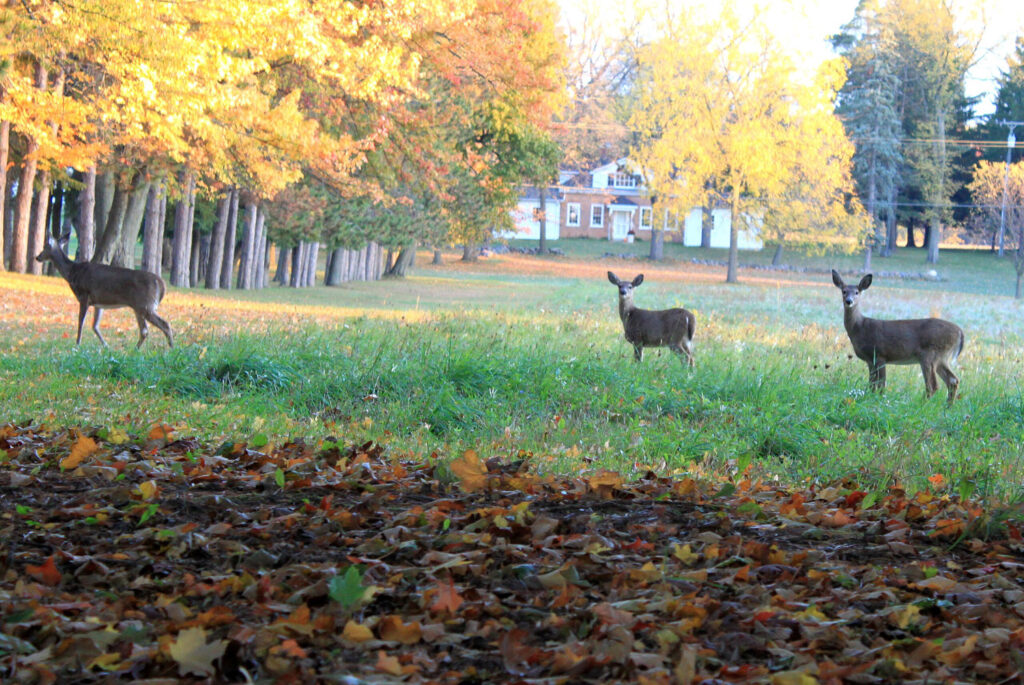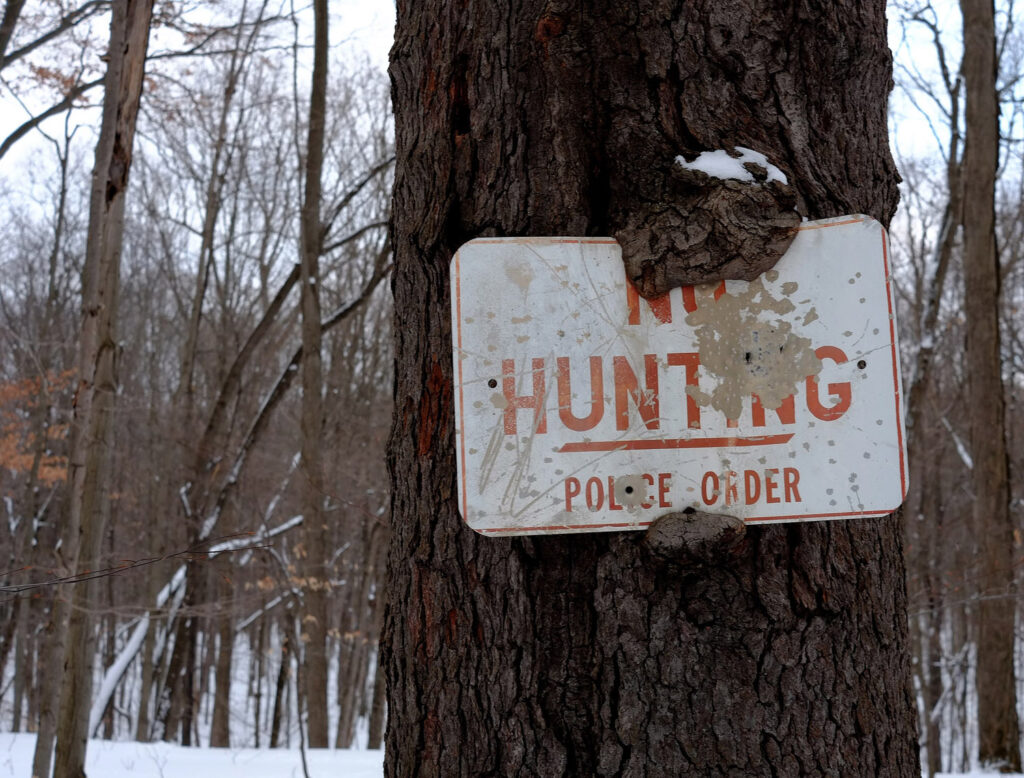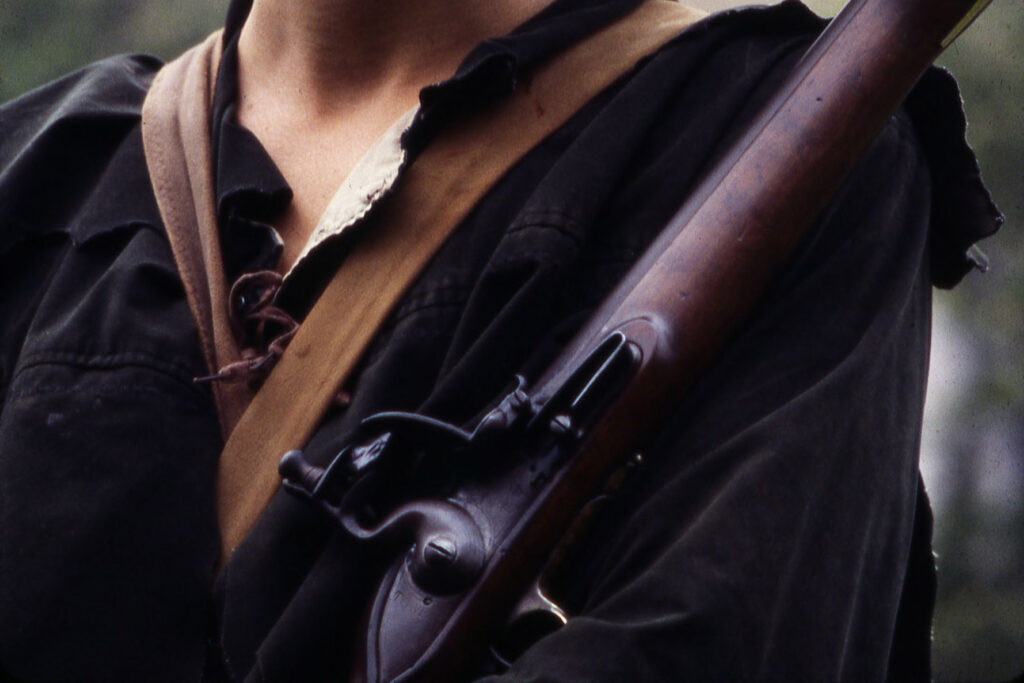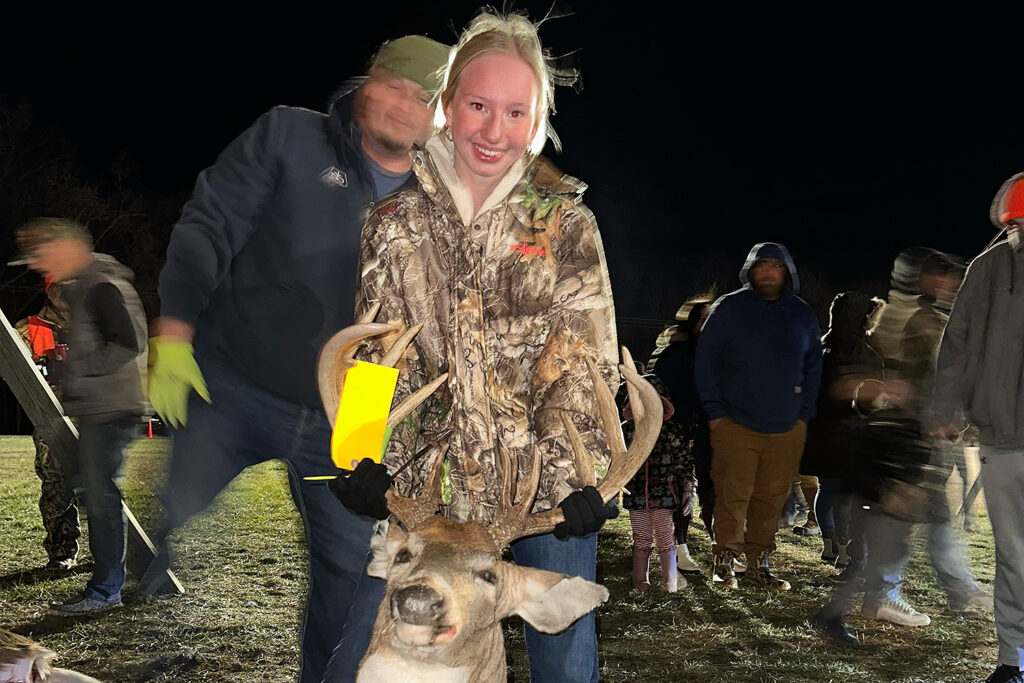The alarm goes off at 5:30 on a Saturday in late September, and I’ve got a big smile on my face as I hop out of bed. Most hunters are still weeks away from opening day, but I’m headed to the woods with my rifle for one of Michigan’s most underrated hunting opportunities. Early antlerless season.
This weekend kicks off a chance to hunt does with firearms in certain units across the state, and honestly, it might be some of the most fun you’ll have in the woods all year.
Michigan’s early doe season exists because we’ve done something remarkable in this country. We brought deer back from the brink. A century ago, whitetail populations were devastated by logging and unregulated hunting across America. In the early 1900s, you were lucky to see a single deer in many states.
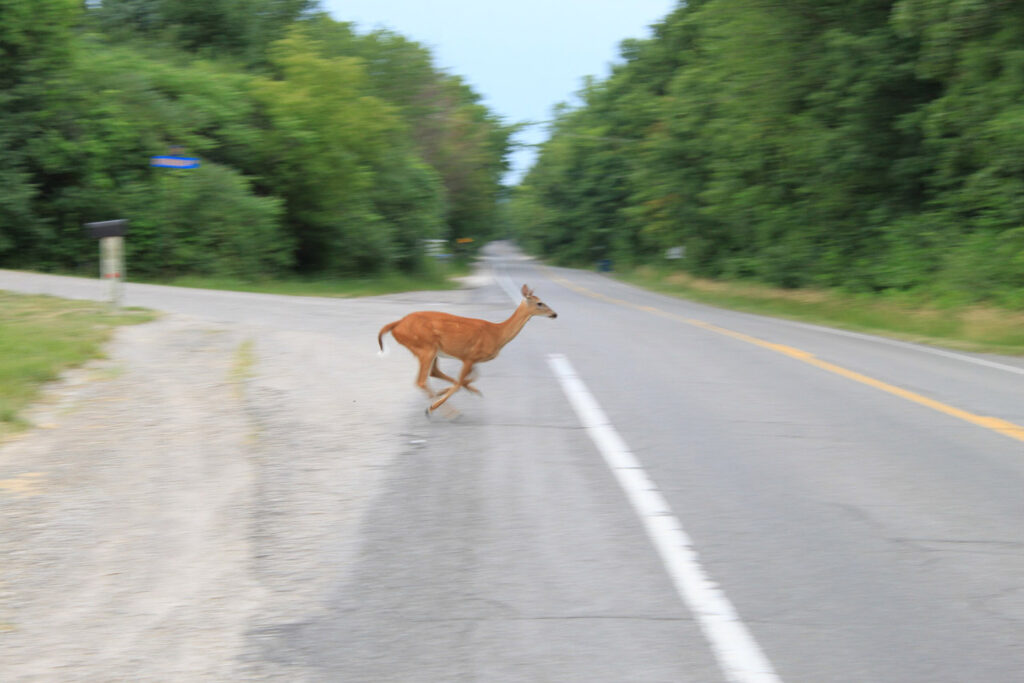
The recovery didn’t happen by accident. States began to implement strict hunting regulations and incentivized hunters to shoot older males through groups like the Boone and Crockett Club. Michigan was a big part of this effort, establishing bag limits and seasons designed specifically to rebuild deer herds.
It was revolutionary thinking for the time. We were managing wildlife as a renewable resource rather than mining it until it was gone.
Our state’s deer story is particularly dramatic. By 1914, Michigan was down to around 45,000 deer statewide, a much smaller group than the million deer that roamed northern Michigan in 1880 during the height of market hunting. The solution to dwindling deer numbers came in 1921 with the “buck-only” law, which created what historians call the “sacred doe” mindset that hunters still have today.
Our hunting culture developed during that recovery period, when every doe was precious for rebuilding the herd. The approach was pretty simple: Let the does live, shoot the bucks, and help populations grow. It worked brilliantly but not perfectly.
That mindset became deeply ingrained in Michigan hunters, passed down from grandfather to father to son like a sacred hunting commandment.
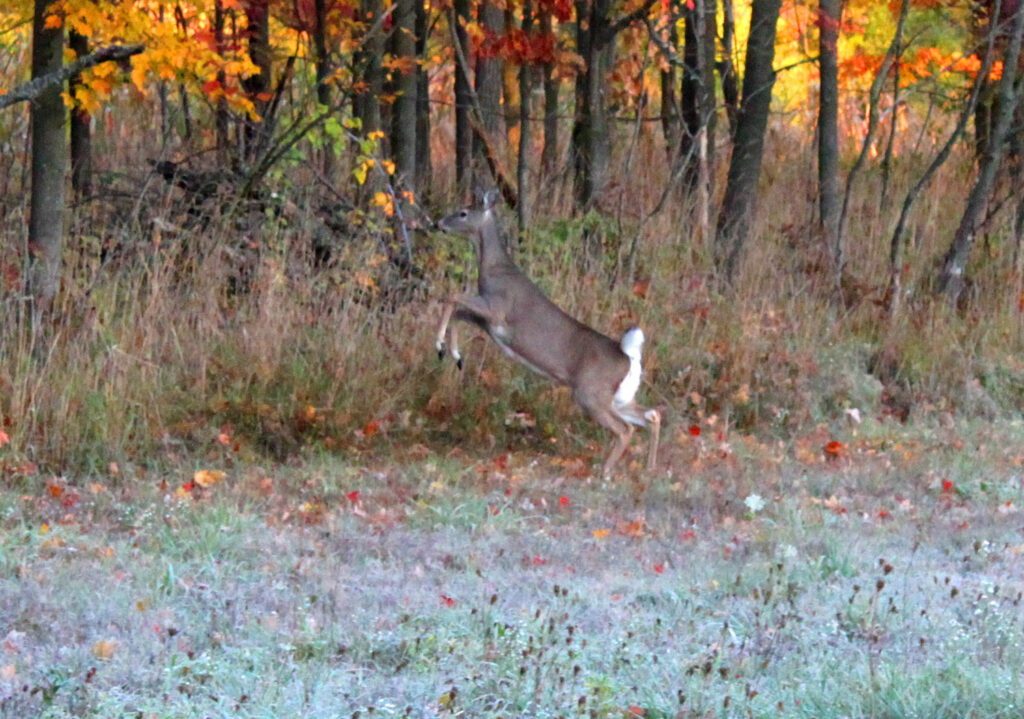
Today, we’re living under the burden of that success. Michigan now supports millions of deer, and in many areas, we’ve got more whitetails than the habitat can handle. Early doe season is our chance to fine-tune those numbers and keep populations healthy.
Conservation aside, there’s just something magical about hunting with a rifle in September. The leaves are still green, the weather’s warm but not terribly hot, and the woods feel alive in a way they don’t during November. Plus, you’ve got a gun in your hand instead of a bow! Does are still following predictable summer patterns, moving between food sources and bedding areas without the pressure they’ll face once firearms season arrives. It’s a great time to fill your first tag of the season.
I use this season every year as a way to stock up on more venison. Generally, it’s been the deer that I turn into bratwurst and sausages. Having that extra meat in the freezer means less pressure during the regular season, and you can hunt November with a different mindset. You’re not desperate to punch a tag. You can be selective about what buck you’re willing to take.
The fact that we have an early doe season shows how well our conservation efforts have worked. Our deer population is healthy enough that we can manage it with precision. This season exists in units where biologists have determined that reducing the doe population will benefit the overall health of the herd. These aren’t arbitrary decisions. They’re based on years of data, population surveys, and habitat assessments.
By participating, you’re helping maintain the balance that keeps Michigan’s deer herd healthy and, ultimately, improves your hunting. It’s hands-on conservation that makes a genuine difference.
James Zandstra is an experienced outdoorsman with a passion for the Mitten State. Follow his work on X @TheFairChase1.
